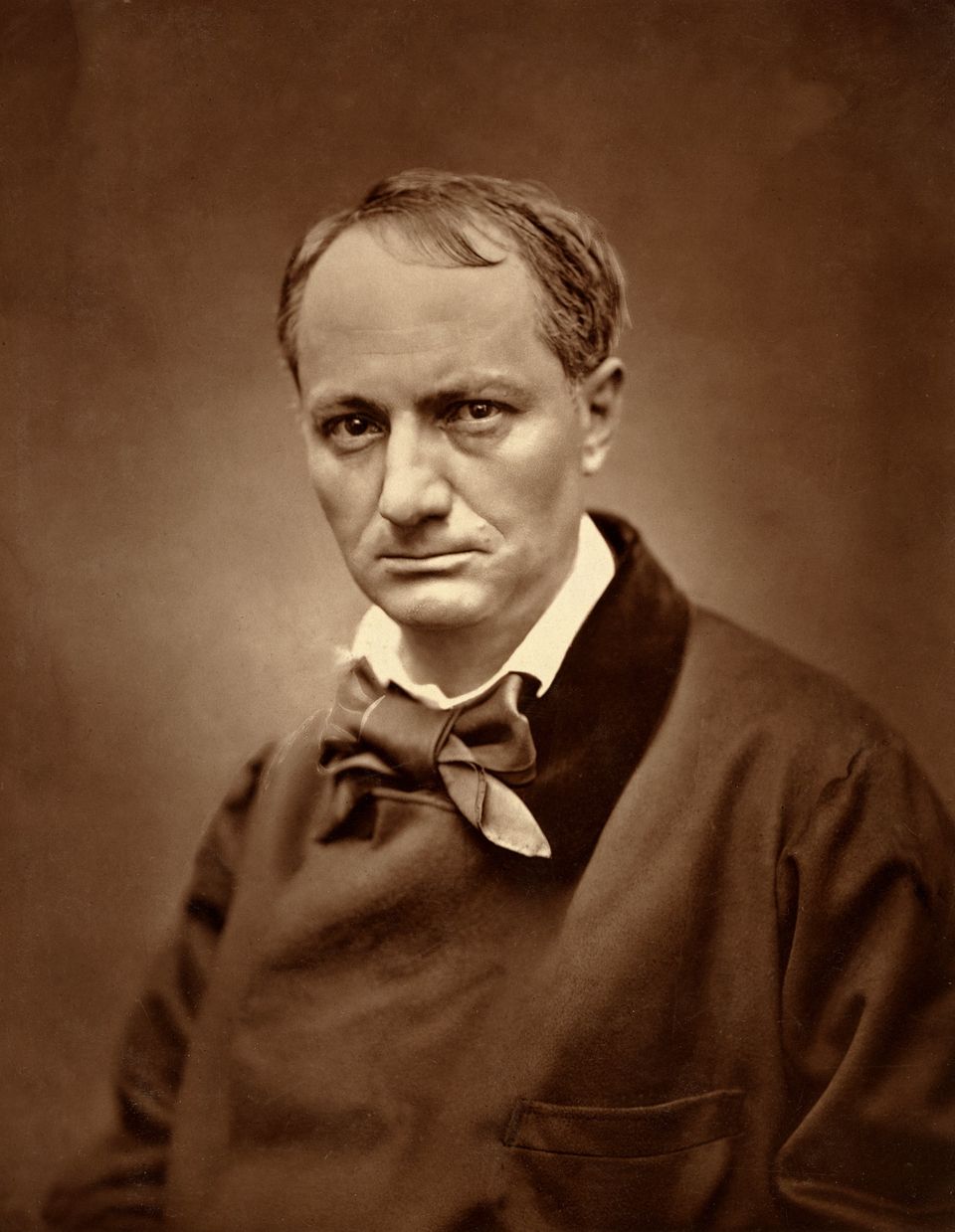
Farid Abdelouahab recounts the stories of thirty-two women who, through their temperament, beauty, talent, and pure magnetism, enthralled society’s artistic geniuses and inspired the creation of some of the greatest works of the past centuries in his new book "Muses: Women Who Inspire."
Over the course of many centuries, the women who have fascinated and inspired philosophers, authors, and musicians are as many and various as the artists themselves. The muses in the present volume, though very different as individuals, all represent a form of modernity. Though the selection is subjective, they were all chosen for their acute intelligence, indomitable will, extreme elegance, singular independence, or unbounded devotion. Some oscillate between the traditional figure of the protective mother (a few were incapable of fulfilling that role biologically) and emancipation from male domination. For some, the passion for independence—sometimes through their own creativity—would be undone by the trap of celebrity and money (Gala Dalí, for instance) or else overweening narcissism (as with Countess Virginia de Castiglione). Another pitfall lay in wait for a good number of them: the artistic life by proxy, as exemplified by Alma Mahler, who was obliged to give up writing music at the insistence of her composer husband.
This book ends with the immediate aftermath of World War II. Thus, it does not address the celebrities of the “society of spectacle”—with ephemeral stars or living logos for a label or fad. Edie Sedgwick, Andy Warhol’s muse, essentially represents a drugs and clubbing lifestyle; Grace Jones evokes a decade more than a body of work; while supermodels such as Kate Moss symbolize a battery of cosmetic and luxury brands. This is not to denigrate them, but this book focuses on a more romantic age. As readers will discover these women set sail on the stormy waters of creative art, with authors or painters—some possessive and obsessive, others worshipful, perhaps, but thoughtless, self-centered. Their stories are often checkered and tragic, occasionally happy and harmonious, but each is unique and never less than affecting. There is a contingent of flappers with bobbed hair who made their bid for freedom—like Kiki de Montparnasse or Nancy Cunard, Aragon’s muse in the Roaring Twenties. While some of these women have since become legends, muses have always, since time immemorial, been part of the act of creation. Indeed, it is a strange union that requires the consenting female to become—for better or for worse—the future of the artwork.
